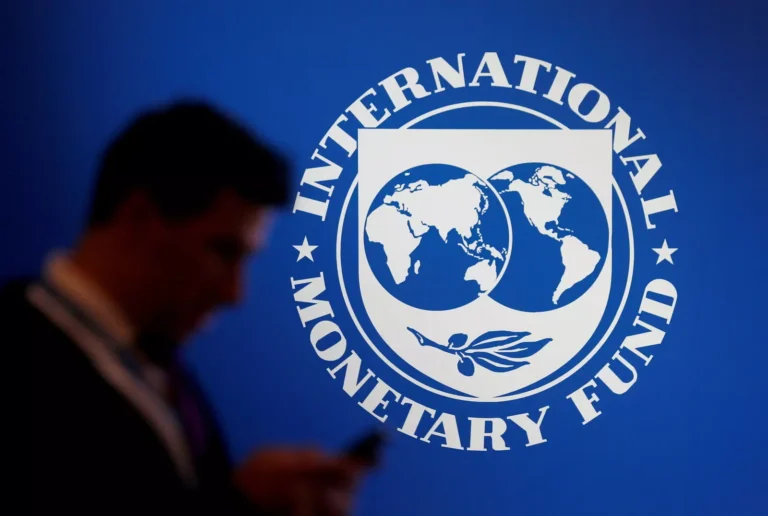Kathmandu, December 2
The executive board of the International Monetary Fund (IMF) has completed the third review under the four-year extended credit facility (ECF) for Nepal, allowing the authorities to withdraw the equivalent of about $52.25 million.
This brings total disbursements under the ECF for budget support thus far to about $222.5 million). The ECF arrangement for Nepal was approved by the executive board on January 12, 2022 in an amount equivalent to SDR 282.42 million (180 per cent of quota or about $376.5 million).
Nepal has made good progress with the implementation of the programme, which has helped mitigate the impact of the pandemic and global shocks on economic activity, protect vulnerable groups, and preserve macroeconomic and financial stability.
The programme is also helping to catalyse additional financing from Nepal’s development partners. Nepal’s post-pandemic rebound, fuelled by a credit boom, ended last year as growth slowed markedly. Low domestic demand helped resolve external pressures but also deflated government revenue and led to a widening of the fiscal deficit despite expenditure control.
Inflation is declining but remains high at 8.2 per cent in September. Growth is expected to recover to 3.5 per cent in fiscal year 2023-24, which is below potential, led by increased domestic demand, new hydroelectric capacity, and a continued recovery in tourism. Risks are skewed to the downside. External sector risks dominate Nepal’s outlook given its high remittance income and dependence on imported goods.
Domestically, further deterioration in bank balance sheets or lack of progress in addressing the deficiencies identified by the Asia Pacific Group of the Financial Action Task Force (FATF) could create financial system stress.
Following the executive board discussion, Bo Li, deputy managing director and acting chair, issued a statement: “As monetary policy transmission appears weak in a context of balance sheet repair and inflation is elevated —though declining—maintaining the current cautious and data dependent monetary policy is appropriate to preserving price and external stability. Financial policy should remain vigilant and focused on building regulatory frameworks to avoid further boom bust cycles and establish a more stable, pro-growth financial sector equilibrium. Reforms regarding lending practices and asset classification are encouraging and need to be continued as preparations for the loan portfolio review of the ten largest banks gather steam. Implementation of the financial sector reform agenda should continue with a view to align the local framework more closely to international standards.”



 About Us
About Us
Comment